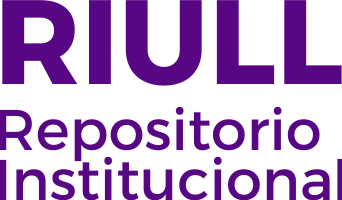Spatiotemporal variation of a Pinus seed rain available for an endemic finch in an insular environment
Fecha
2011Resumen
A major goal of avian ecological research is to
determine how distribution and abundance of preferred
resources available influence population dynamics and contribute
to understand life-history characteristics. Food is
widely considered the ultimate factor influencing these traits.
We studied, with seed traps, the spatiotemporal variability of
Pinus canariensis seed rain during 2007–2008, as a means to
explain why a post-dispersal seed predator of conservation
concern, the endemic blue chaffinch Fringilla teydea, can
adjust its annual life cycle with this variation in an insular
environment. Generalized linear mixed models and geostatistical
tools were used. Results highlight that temperature
and relative humidity are important predictors of seed release
rates. Additionally, a high temporal variation was detected in
seed abundance (i.e., peaks of massive seed release during
the summer months, intermediate values in the autumn, and
minimum release rates in winter and spring). Finally, withinstand
spatial variation in seed flux was surprisingly large
with the most productive microsites receiving three to four
times more seeds than the least productive ones. Pine seeds
showed a high protein value and a low germination rate.
Based on these findings, we suggest that the fortunes of the
blue chaffinch should be intimately related to spatiotemporal
annual P. canariensis seed crops, temperature acting as a
proximate cue, and food availability as the ultimate factor.
For the endangered blue chaffinch population on Gran
Canaria, we recommend, until more data are available,
improving the seed supply during the winter season, either
artificially (feeders) or naturally (planting Myrica faya
shrubs).





